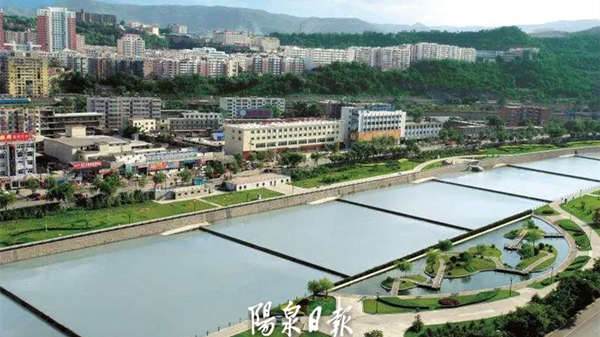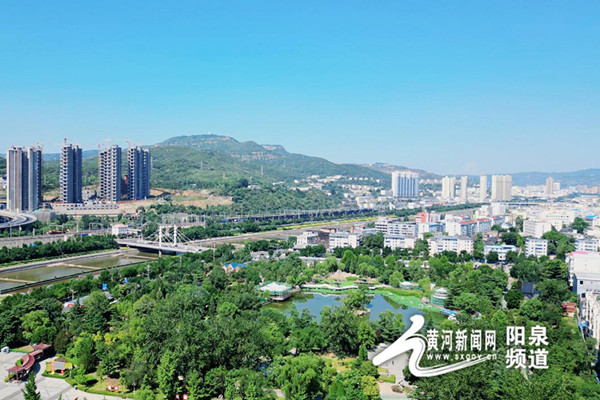A feast for the ages

Zhao Yongsheng, 72, a fourth-generation inheritor of sanba banquet, has been cooking the feast all his life. [Photo by Wei Xiaohao/China Daily]
"It was only eaten on special occasions, such as when treating sons-in-law or celebrating elderly people's birthdays."
Food was scarce then. So, most ingredients were preserved through drying, especially seafood.
"They have to be preprocessed-for instance, by soaking in water," Zhao says.
Consequently, guests must book the banquet at least a day in advance.
At the beginning of his career, Zhao could prepare the feast only three to five times a month.
"Most of the time, I helped out local households with my teacher, since it was then cheaper for locals to make (the feast) at home than to order it at restaurants," Zhao says.
He watched and learned the processes, and started to practice at a collectively owned restaurant he worked for.
It took him about three years to acquire the skills.
"Everything involved in the feast is more complicated than with typical local dishes, from raw-material selection to knife work and cooking," he says.
Different dishes need different knife work related to style, cooking and eating, Zhao explains.
He continued working at the Laohao restaurant after retiring from the collectively owned restaurant in 2000.
Compared with the past, today's ingredients are fresher and more varied, and a wider range of seasonings is available.
"We now have more room to adapt to different tastes," Zhao says.
But most parts of the feast have preserved traditional basics, such as the number of dishes.
Ancient table etiquette is honored, although more elegant utensils are used.
" (Utensils) must be consistent in color and style, and feature classical patterns that herald auspicious symbolism," Zhao says.





